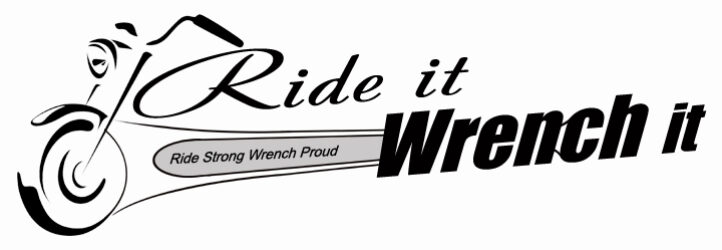Margaret and I have each kept a first aid kit in our right saddlebag since we began riding. Our first aid kits frequently come in handy. Often for simple things like bug bites, bee stings and scrapes, and cuts. I am always surprised when I hear a rider state they don't have one. In this article, I want to share The Importance of a Motorcycle First-Aid Kit
Typical Motorcycle Rider Injuries
The importance of having a motorcycle first-aid kit can't be stressed enough. The typical rider usually takes off for the day and I know for us our destinations are usually on back-roads where it can be hard to find help quickly in an emergency. Also, we are more at risk for injury just because we are in close contact with everything. I doubt most people in a car have had to worry about a swarm of grasshoppers hitting them in the face at 55 mph. Below are a few of the injuries motorcyclists are at risk for and why a first-aid kit is important to have.
- Burns – sunburn and heat burns from exhaust pipes and other hot motorcycle parts.
- Eye injuries – things flying or blowing into the eyes and Insect bites or stings.
- Cuts, abrasions, and scrapes.
- Dehydration
- Heat Exhaustion
- Cold Exposure
- Fractures, bleeding, possible amputation.
- Trauma to the head, neck, spine, chest, and abdomen.
Basic Motorcycle First Aid Kit Checklist
The supplies in our first aid kits have evolved as we've taken more safety classes and as Margaret has furthered in nursing school. It is important that if you have something in your kit and plan to use it that you know how to use it properly. Ready to go kits are a great way to start your first aid kit and most come in a durable bag that is water-proof.

This kit includes all the basics and more. First Aid Kit for Car, Travel, Home, Office, Sports, Survival | Complete Emergency Bag fully stocked with high-quality medical supplie
Below is a list for building your own kit or to use as a checklist when buying a ready-made kit.
- Nitrile gloves – At Least two pairs. Avoid latex
- Anti-microbial Hand Cleaner Wipes– Wipes are great but foam or gel works too.
- Sting Relief & Burn Gel.
- Fabric Adhesive Bandages (Band-aids): A variety of shapes and sizes for small cuts and scrapes.
- Antibiotic ointment packets
- Steri-strips or Butterfly bandages- used to pull a small gaping cut or wound together.
- At least 4 large (4×4) Sterile Gauze Pads
- Rescue Breather - Make sure you know how to use the rescue breather properly. Become CPR certified.
- Emergency Blanket – For retaining body heat or as a ground cover.
- Normal sterile saline – this doubles as an eyewash or wound cleansing.
- Burn cream or gel - Individual small packets are great for riding because you don't have a large tube leaking.
- First Aid Burn Dressing- Offers immediate pain relief for 1st and 2nd-degree burns.
- Glow Stick(s) – Emergency glow stick for directing traffic or signaling for help.
- Heavy Duty Zip-lock Bags -disposal of used and contaminated gauze, gloves, and dressings.
- Triangular Bandage – For slings, padding, strapping limbs to splints when fractures are suspected.
- Trauma shears – 7-inch Paramedic Shear – You will need to be able to cut through leather and denim.
- 1 or 2 rolls of 2” or 3” roll gauze.
- Tweezers: Easy-to-grip handles for splinter removal.
First Aid Kit medications
It's always a good idea to have a few basic medications in your first aid kit for personal use. That includes medications such as anti-diarrhea tablets, Antihistamine (like Benadryl or Claritin), pain relievers, and anti-inflammatory medications. Never give medications, even over-the-counter ones to someone else. Also be sure to check expirations dates.
How to Pack Your First Aid Kit
Look for soft-sided waterproof zipper cases. Consider putting items like bandages and tape in separate strong zip-lock bags. Some kits come with removable bags where the items are already sorted. The thought process behind it is you will need to stuff all these items into a small bag -as mentioned above- it is very useful to use one bag for each ‘type’ of items such as gauze in one bag, medication in another, and medical tools like scissors and tweezers in another. Then when you pull out the items from the main bag they do not all tumble out onto the ground.
First Aid Kit Safety Tips
Become familiar with what is in your kit and inspect the contents routinely. Make sure your kit is not at the bottom of a saddlebag. It is suggested to keep it on the right side of the motorcycle because that is the non-traffic side of the bike. Make sure you have a first aid kit for each motorcycle.


Leave a Reply